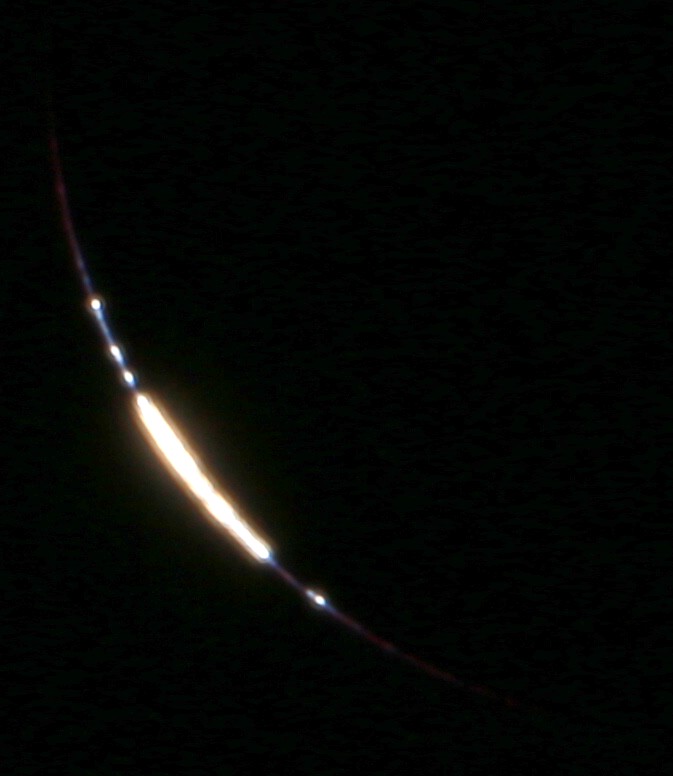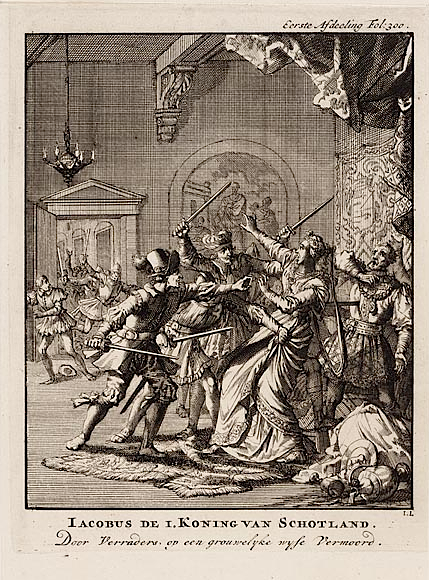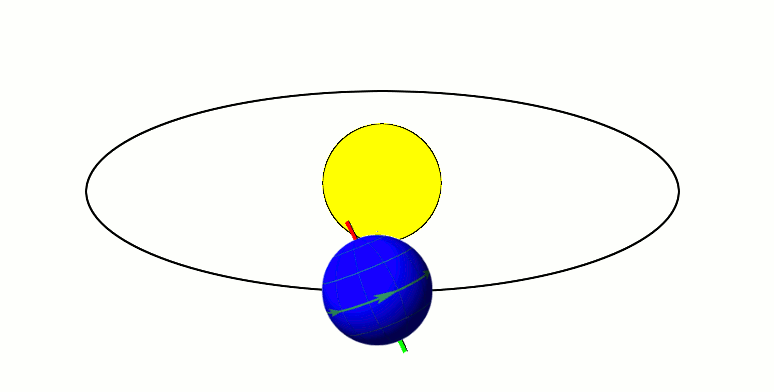|
Zij-i Sultani
''Zīj-i Sulṭānī'' () is a Zij astronomical table and star catalogue that was published by Ulugh Beg in 1438–1439. It was the joint product of the work of a group of Muslim astronomers working under the patronage of Ulugh Beg at Samarkand's Ulugh Beg Observatory. These astronomers included Jamshid al-Kashi and Ali Qushji, among others. The ''Zij-i-Sultani'' was not surpassed in accuracy until the work of Taqi ad-Din and Tycho Brahe in the 16th century. The serious errors which Ulugh Beg found in previous Zij star catalogues (many of the earlier ones were simply updates on Ptolemy's work, adding the effect of precession to the longitudes) induced him to redetermine the positions of 992 fixed stars, to which he added 27 stars from al-Sufi's ''Book of Fixed Stars'' (964), which were too far south for observation from Samarkand. This catalogue, one of the most original of the Middle Ages, was edited by Thomas Hyde at Oxford in 1665 under the title ''Jadāvil-i Mavāzi' ... [...More Info...] [...Related Items...] OR: [Wikipedia] [Google] [Baidu] |
Star Catalogue
A star catalogue is an astronomical catalogue that lists stars. In astronomy, many stars are referred to simply by catalogue numbers. There are a great many different star catalogues which have been produced for different purposes over the years, and this article covers only some of the more frequently quoted ones. Star catalogues were compiled by many different ancient people, including the Babylonians, Greeks, Chinese, Persians, and Arabs. They were sometimes accompanied by a star chart for illustration. Most modern catalogues are available in electronic format and can be freely downloaded from space agencies' data centres. The largest is being compiled from the spacecraft '' Gaia'' and thus far has over a billion stars. Completeness and accuracy are described by the faintest limiting magnitude V (largest number) and the accuracy of the positions. Historical catalogues Ancient Near East From their existing records, it is known that the ancient Egyptians recorded th ... [...More Info...] [...Related Items...] OR: [Wikipedia] [Google] [Baidu] |
Francis Baily
Francis Baily (28 April 177430 August 1844) was an English astronomer. He is most famous for his observations of " Baily's beads" during a total eclipse of the Sun. Baily was also a major figure in the early history of the Royal Astronomical Society, as one of the founders and as the president four times. Life Baily was born at Newbury in Berkshire in 1774 to Richard Baily. After a tour in the unsettled parts of North America in 1796–1797, his journal of which was edited by Augustus De Morgan in 1856, Baily entered the London Stock Exchange in 1799. The successive publication of ''Tables for the Purchasing and Renewing of Leases'' (1802), of ''The Doctrine of Interest and Annuities'' (1808), and ''The Doctrine of Life-Annuities and Assurances'' (1810), earned him a high reputation as a writer on life-contingencies; he amassed a fortune through diligence and integrity and retired from business in 1825, to devote himself wholly to astronomy. This also cites * J. Herschel's ... [...More Info...] [...Related Items...] OR: [Wikipedia] [Google] [Baidu] |
Astronomical Tables
In astronomy and celestial navigation, an ephemeris (; ; , ) is a book with tables that gives the trajectory of naturally occurring astronomical objects and artificial satellites in the sky, i.e., the apparent place, position (and possibly velocity) over time. Historically, positions were given as printed tables of values, given at regular intervals of date and time. The calculation of these tables was one of the history of computing, first applications of mechanical computers. Modern ephemerides are often provided in electronic form. However, printed ephemerides are still produced, as they are useful when computational devices are not available. The astronomical position calculated from an ephemeris is often given in the Spherical coordinate system, spherical polar coordinate system of right ascension and declination, together with the distance from the origin if applicable. Some of the astronomical phenomena of interest to astronomers are eclipses, apparent retrograde motion/p ... [...More Info...] [...Related Items...] OR: [Wikipedia] [Google] [Baidu] |
1437 Books
Year 1437 ( MCDXXXVII) was a common year starting on Tuesday of the Julian calendar. Events January–March * January 15– The Compacts of Basel are ratified by the Council of Basel in Switzerland, as the Roman Catholic Church ends its campaign against the Hussites. Among other things, the Church authorizes Hussite priests to administer sacramental wine to their congregations as part of the Communion during the Eucharist before Easter without declaring the same to be heresy, but stops short of allowing the Communion wafer. * January 17 – Battle of Hällaskogen, Sweden: Rebels from the cities of Arboga, Köping, and Örebro, led by Erik Puke, defeat the troops sent by King Karl VIII. Puke is captured a few weeks later, and beheaded on February 13. * January 21– The English Parliament, summoned in the name of King Henry VI on October 29, assembles at Westminster. The House of Commons elects the ailing John Tyrrell as its Speaker. * February 13&ndash ... [...More Info...] [...Related Items...] OR: [Wikipedia] [Google] [Baidu] |
Sexagesimal
Sexagesimal, also known as base 60, is a numeral system with 60 (number), sixty as its radix, base. It originated with the ancient Sumerians in the 3rd millennium BC, was passed down to the ancient Babylonians, and is still used—in a modified form—for measuring time, angles, and geographic coordinate system, geographic coordinates. The number 60, a superior highly composite number, has twelve divisors, namely 1, 2, 3, 4, 5, 6, 10, 12, 15, 20, 30, and 60, of which 2, 3, and 5 are prime numbers. With so many factors, many fractions involving sexagesimal numbers are simplified. For example, one hour can be divided evenly into sections of 30 minutes, 20 minutes, 15 minutes, 12 minutes, 10 minutes, 6 minutes, 5 minutes, 4 minutes, 3 minutes, 2 minutes, and 1 minute. 60 is the smallest number that is divisible by every number from 1 to 6; that is, it is the lowest common multiple of 1, 2, 3, 4, 5, and 6. ''In this article, all sexagesimal digits are represented as decimal numbers, e ... [...More Info...] [...Related Items...] OR: [Wikipedia] [Google] [Baidu] |
Axial Tilt
In astronomy, axial tilt, also known as obliquity, is the angle between an object's rotational axis and its orbital axis, which is the line perpendicular to its orbital plane; equivalently, it is the angle between its equatorial plane and orbital plane. It differs from orbital inclination. At an obliquity of 0 degrees, the two axes point in the same direction; that is, the rotational axis is perpendicular to the orbital plane. The rotational axis of Earth, for example, is the imaginary line that passes through both the North Pole and South Pole, whereas the Earth's orbital axis is the line perpendicular to the imaginary plane through which the Earth moves as it revolves around the Sun; the Earth's obliquity or axial tilt is the angle between these two lines. Over the course of an orbital period, the obliquity usually does not change considerably, and the orientation of the axis remains the same relative to the background of stars. This causes one pole to be pointed mo ... [...More Info...] [...Related Items...] OR: [Wikipedia] [Google] [Baidu] |
Thābit Ibn Qurra
Thābit ibn Qurra (full name: , , ; 826 or 836 – February 19, 901), was a scholar known for his work in mathematics, medicine, astronomy, and translation. He lived in Baghdad in the second half of the ninth century during the time of the Abbasid Caliphate. Thābit ibn Qurra made important discoveries in algebra, geometry, and astronomy. In astronomy, Thābit is considered one of the first reformers of the Ptolemaic system, and in mechanics he was a founder of statics. Thābit also wrote extensively on medicine and produced philosophical treatises. Biography Thābit was born in Harran in Upper Mesopotamia, which at the time was part of the Diyar Mudar subdivision of the al-Jazira region of the Abbasid Caliphate. Thābit was an Arab who belonged to the Sabians of Harran, a Hellenized Semitic polytheistic astral religion that still existed in ninth-century Harran. As a youth, Thābit worked as money changer in a marketplace in Harran until meeting Muḥammad ibn Mūsā, t ... [...More Info...] [...Related Items...] OR: [Wikipedia] [Google] [Baidu] |
Nicolaus Copernicus
Nicolaus Copernicus (19 February 1473 – 24 May 1543) was a Renaissance polymath who formulated a mathematical model, model of Celestial spheres#Renaissance, the universe that placed heliocentrism, the Sun rather than Earth at its center. Copernicus likely developed his model independently of Aristarchus of Samos, an List of ancient Greek astronomers, ancient Greek astronomer who had formulated such a model some eighteen centuries earlier. The publication of Copernicus' model in his book ' (''On the Revolutions of the Celestial Spheres''), just before his death in 1543, was a major event in the history of science, triggering the Copernican Revolution and making a pioneering contribution to the Scientific Revolution. Copernicus was born and died in Royal Prussia, a semiautonomous and multilingual region created within the Crown of the Kingdom of Poland from lands regained from the Teutonic Order after the Thirteen Years' War (1454–1466), Thirteen Years' War. A Poly ... [...More Info...] [...Related Items...] OR: [Wikipedia] [Google] [Baidu] |
Gnomon
A gnomon (; ) is the part of a sundial that casts a shadow. The term is used for a variety of purposes in mathematics and other fields, typically to measure directions, position, or time. History A painted stick dating from 2300 BC that was excavated at the archeological site of Taosi is the oldest gnomon known in China. The gnomon was widely used in ancient China from the second millennium BC onward in order to determine the changes in seasons, orientation, and geographical latitude. The ancient Chinese used shadow measurements for creating calendars that are mentioned in several ancient texts. According to the collection of Zhou Chinese poetic anthologies ''Classic of Poetry'', one of the distant ancestors of King Wen of the Zhou dynasty used to measure gnomon shadow lengths to determine the orientation around the 14th century BC. The ancient Greek philosopher Anaximander (610–546 BC) is credited with introducing this Babylonian instrument to the Ancient Greeks. The ... [...More Info...] [...Related Items...] OR: [Wikipedia] [Google] [Baidu] |
Sidereal Year
A sidereal year (, ; ), also called a sidereal orbital period, is the time that Earth or another planetary body takes to orbit the Sun once with respect to the fixed stars. Hence, for Earth, it is also the time taken for the Sun to return to the same position relative to Earth with respect to the fixed stars after apparently travelling once around the ecliptic. It equals for the J2000.0 epoch, or a little over 366 sidereal days. The sidereal year differs from the solar year, "the period of time required for the ecliptic longitude of the Sun to increase 360 degrees", due to the precession of the equinoxes. The sidereal year is 20 min 24.5 s longer than the mean tropical year at J2000.0 . At present, the rate of axial precession corresponds to a period of 25,772 years, so sidereal year is longer than tropical year by 1,224.5 seconds (20 min 24.5 s, ~365.24219*86400/25772). Before the discovery of the precession of the equinoxes by Hipparchus in the Hellenistic peri ... [...More Info...] [...Related Items...] OR: [Wikipedia] [Google] [Baidu] |
Gregory Sharpe
Gregory may refer to: People and fictional characters * Gregory (given name), including a list of people and fictional characters with the given name * Gregory (surname), a surname *Gregory (The Walking Dead), fictional character from the walking dead *Gregory (Five Nights at Freddy's), main protagonist of '' Five Nights at Freddy's: Security Breach'' ** Places Australia *Gregory, a town in the Northern Territory *Gregory, Queensland, a town in the Shire of Burke **Electoral district of Gregory, Queensland, Australia *Gregory, Western Australia. United States *Gregory, South Dakota * Gregory, Tennessee *Gregory, Texas Outer space *Gregory (lunar crater) *Gregory (Venusian crater) Other uses * "Gregory" (''The Americans''), the third episode of the first season of the television series ''The Americans'' See also * Greg (other) * Greggory * Gregoire (other) * Gregor (other) * Gregores (other) * Gregorian (other) * Gregory Count ... [...More Info...] [...Related Items...] OR: [Wikipedia] [Google] [Baidu] |
Ulugh Beg
Mīrzā Muhammad Tarāghāy bin Shāhrukh (; ), better known as Ulugh Beg (; 22 March 1394 – 27 October 1449), was a Timurid sultan, as well as an astronomer and mathematician. Ulugh Beg was notable for his work in astronomy-related mathematics, such as trigonometry and spherical geometry, as well as his general interests in the arts and intellectual activities.Science in Islamic civilisation: proceedings of the international symposia: "Science institutions in Islamic civilisation", & "Science and technology in the Turkish and Islamic worl/ref> Ulugh Beg, OU Libraries, Britannica Academic It is thought that he spoke five languages: Arabic, Persian, Chaghatai Turkic, Mongolian, and a small amount of Chinese. During his rule (first as a governor, then outright) the Timurid Empire achieved the cultural peak of the Timurid Renaissance through his attention and patronage. Samarkand was captured and given to Ulugh Beg by his father Shah Rukh. He built the great ... [...More Info...] [...Related Items...] OR: [Wikipedia] [Google] [Baidu] |





